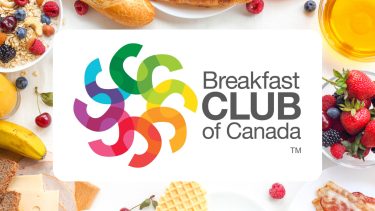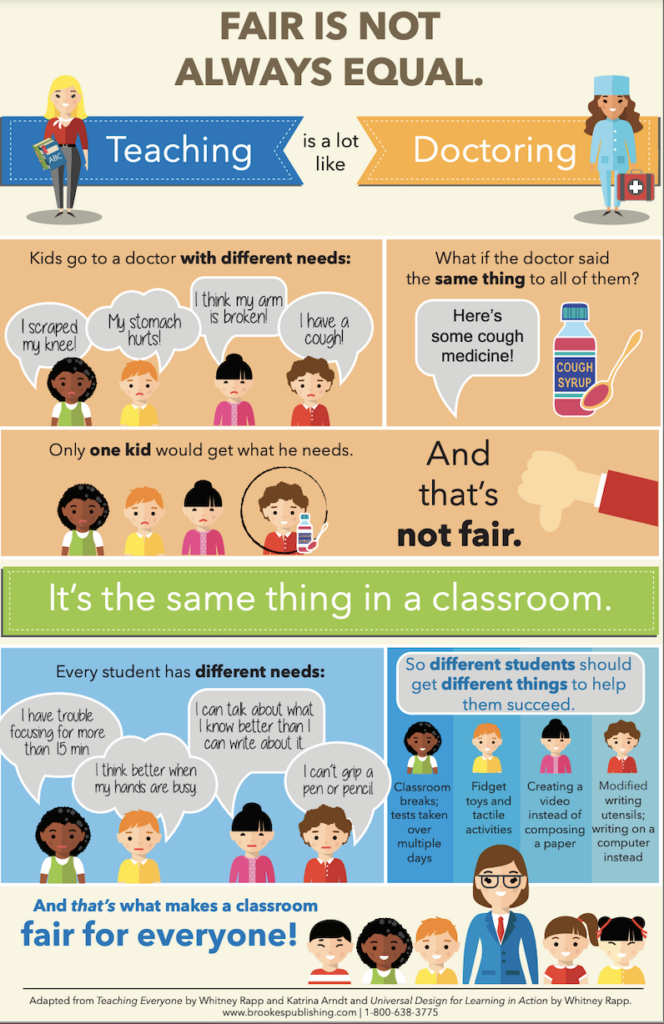Have you tried getting through a full day of school without eating a proper breakfast or lunch?
This is a mentally and physically draining experience that one in four children and youth in Canada live with due to food insecurity (Toronto Foundation Student Success, 2023). Health Canada defines food insecurity as “the inability to access sufficient, safe, and nutritious food that meets dietary needs for an active and healthy life due to financial or other resource constraints” (Government of Canada, 2020).
In our Health Competency Seminar, my group has chosen to focus on nutrition and the connection it has to broader themes of active health. Personally, through this project, I am intrigued to examine how food security connects to physical well-being, mental health, and social connections. I hypothesize that there is a strong connection between these concepts, and when food insecurity increases, health and well-being decrease and vice versa. More specifically related to the study of PHE, a student who eats well will not just be physically healthier, but they will also be more alert in class, have higher confidence, and a higher chance of participating. With these positive outcomes, learners can make the most out of in-class learning activities, which are designed to promote active participation, critical thinking, and collaboration. I think that incorporating interactive activities in our seminar can promote engagement and critical thinking from when entire class. For example, going through case studies and having discussions on how schools can better support students facing food insecurity.
There is a strong need for government funded school lunch programs. A teacher in the BC education system named Brent Mansfield, co-founded a lunch program at his school. In the video, he shines a light on his first-hand personal experience witnessing the benefit of how access to foods that are nutrient rich improves students’ school days and their ability to learn and focus. He also touches on the social and community benefit from connections built through initiatives that focus on healthy eating and learning how to cook. Healthy eating and learning how to cook are super important for the health and well-being of students, and schools should take more of a responsibility and role in. Additionally, at the start of the video there is an emphasis on how food insecurity is an issue faced by many beyond elementary, middle, and high schools. Today, approximately 38% of students at postsecondary institutions experience food insecurity (How many Canadians are affected by household food insecurity?, 2021). Information like things raises questions about the government’s responsibility in providing food security and where it ends, or if it ends at all? An important message to take from this video is that there is a need for a systemic change in which the government steps in and utilizes its resources to address a huge barrier to learning, which is food insecurity in all schools.
So, What Now?
Now that we know the reason why having initiatives that address food insecurity among youth and children to support their health and well-being is so important, let’s take a deeper look at a program that has actively taken steps to make a difference from 1994 until now.

The Breakfast Club of Canada started in Longueuil, Quebec as a small initiative to provide breakfast to children in need. Since then, the program has grown into a national organization that supports school nutrition programs all over Canada in providing healthy meals to students who might otherwise go without (Breakfast club of Canada – school breakfast programs – children’s charity, 2023).
How the Breakfast Club of Canada Connects With the Comprehensive School Health Model
When examining the impact of The Breakfast Club of Canada, I have grown to understand that it does so much more for the health of schools and communities than just feeding students. The program connects to the community partnerships pillar of the comprehensive school health model to support communities by:
- Creating a positive environment where students from different classes within a school can eat together and build social connections for a stronger community.
- Teaching nutrition and healthy eating habits to support the long-term health and well-being of members of the school community.
- Building partnerships, which is a powerful tool, with local organizations who have the resources in place to make sure they can access food and continue to supply it in schools.
I have included a video below that I really like, because it does a good job of capturing a yearly summary of the impact that the Breakfast Club of Canada has had in schools over a timeline of the past 30 years. Something that particularly interested me was how the pandemic and inflation post-pandemic impacted the organization’s ability to remain sustainable, since many businesses suffered in that time. In 2020 and 2021, their strategy was to withhold from opening new programs, and their focus was on maintaining the existing ones.
Conclusion
All in all, this club is a practical solution that addresses the issue of food insecurity, which creates a barrier to learning. I believe that bringing food into schools through programs like this can be a promising way to give children and youth an equal chance to succeed socially, mentally, and physically inside and out of schools. No student should have to worry about where their next meal is coming from.
My question to you is, do you think schools have an obligation to take on more responsibility when it comes to food security and the health and well-being of their students?
References
Toronto Foundation Student Success. (2023, August 31). Food insecurity among Canadian school-age children jumps by nearly 30%. Toronto Foundation for Student Success. https://tfss.ca/2023/08/31/food-insecurity-among-canadian-school-age-children-jumps-by-nearly-30-toronto-star/
Government of Canada. (2020). Household food insecurity in Canada: Overview – Canada.ca. Canada.Ca. https://www.canada.ca/en/health-canada/services/food-nutrition/food-nutrition-surveillance/health-nutrition-surveys/canadian-community-health-survey-cchs/household-food-insecurity-canada-overview.html
How many Canadians are affected by household food insecurity? (2021, December 10). PROOF. https://proof.utoronto.ca/food-insecurity/how-many-canadians-are-affected-by-household-food-insecurity/
Breakfast club of Canada – school breakfast programs – children’s charity. (2023, November 3). Breakfast Club of Canada. https://www.breakfastclubcanada.org/

